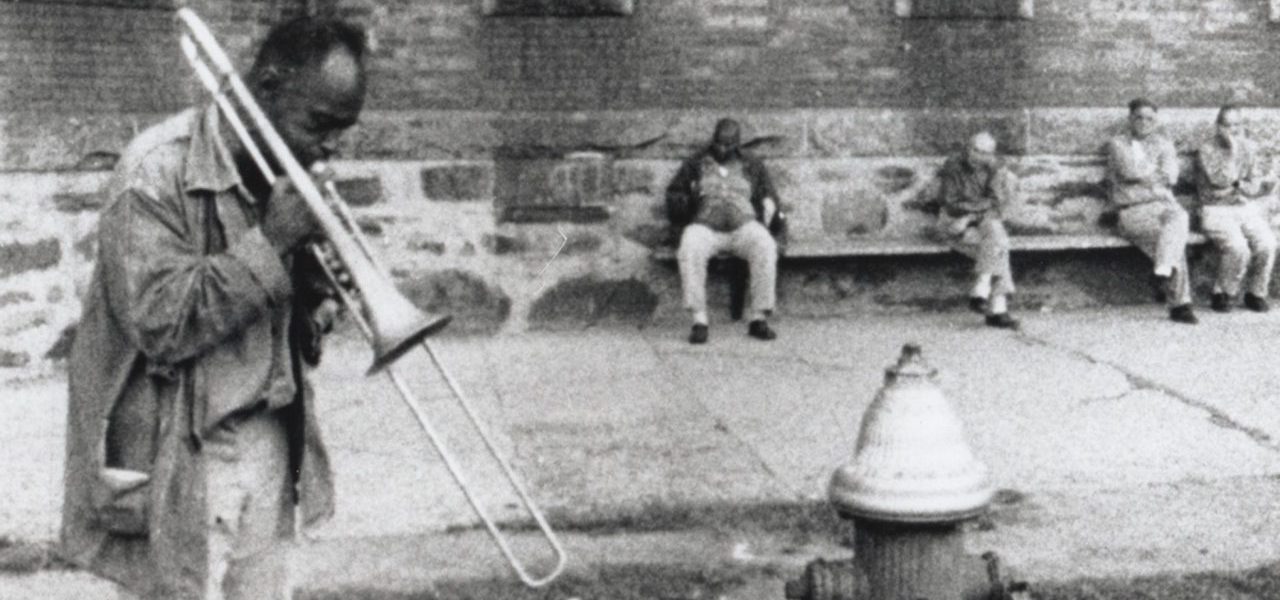Fifty years ago, one documentary exposed the systemic shortcomings within an institution and not only led to the correcting of its internal failings, but became one of the most important films ever made by doing so.
Today, the act of exposing institutional failings remains an act as relevant as ever before, given the events of widespread sexual misconduct within the entertainment industry. In Titicut Follies, celebrated documentary director Frederick Wisemen’s film debut, Wiseman explores the shortcomings of Bridgewater State Hospital, a correctional facility for the criminally insane in which abuse and neglect for the inmates’ health and well-being was captured to shocking effect. In fact, the film was met with so much shock upon its release that it was banned to the general public for twenty-three years and made available only to the medical community for educational purposes. Today, Titicut Follies can be viewed in the public sphere and was most recently programmed at this year’s AFI Film Festival upon its anniversary.
In this day and age where we’re all so aware of our own digital footprints and the presences we leave behind, it’s an odd thing to see the officers in charge appearing so unaware of how compromising their actions are and how they will be read on camera. The techniques and behaviors used throughout the film range from questionable to outright mortifying, including the incessant verbal abuse inflicted towards the inmates as well as the altogether bypassing of hygienic or safety protocol in numerous instances. Witnessing these moments as a collective audience makes it clear that the facility not only keeps people trapped in their madness but actively added to the decline of their mental health, a point that one inmate rationalizes out loud to a review board before he is simply prescribed an increased dose of tranquilizers as treatment.
While it’s uncomfortable to watch, ‘Titicut Follies’ is not only one of the most controversial documentaries of all time, but an extremely important film and essential piece of history for how it ultimately influenced social justice movements in the legislation it created.
Shot on black and white film-stock, Titicut Follies is fully engrossing, much of that being in the way of how Wiseman captures the inmates on camera in both of-the-moment field recordings and in interviews. Zooming in tight on their faces – vacant, toothless, glassy-eyed, and altogether lost in thought – Wiseman successfully challenges the audience to see them as more than just criminals and as humans desperately in need of legitimate professional treatment. This makes for compelling viewing that shows the underlying tragedy to it all.
While it’s uncomfortable to watch, Titicut Follies is not only one of the most controversial documentaries of all time, but an extremely important film and essential piece of history for how it ultimately influenced social justice movements in the legislation it created. Perhaps its greatest achievement is how it demands that we acknowledge the issues that may have previously been overlooked and unknown before, leading to the greatest universal lesson that it ultimately evokes: empathy for those that suffer from institutional malpractice and for those who are still victims of it behind closed doors.
‘Titicut Follies’ is not rated. 84 minutes. Available to purchase here.
Ryan Rojas
Ryan is the editorial manager of Cinemacy, which he co-runs with his older sister, Morgan. Ryan is a member of the Hollywood Critics Association. Ryan's favorite films include 2001: A Space Odyssey, The Social Network, and The Master.


